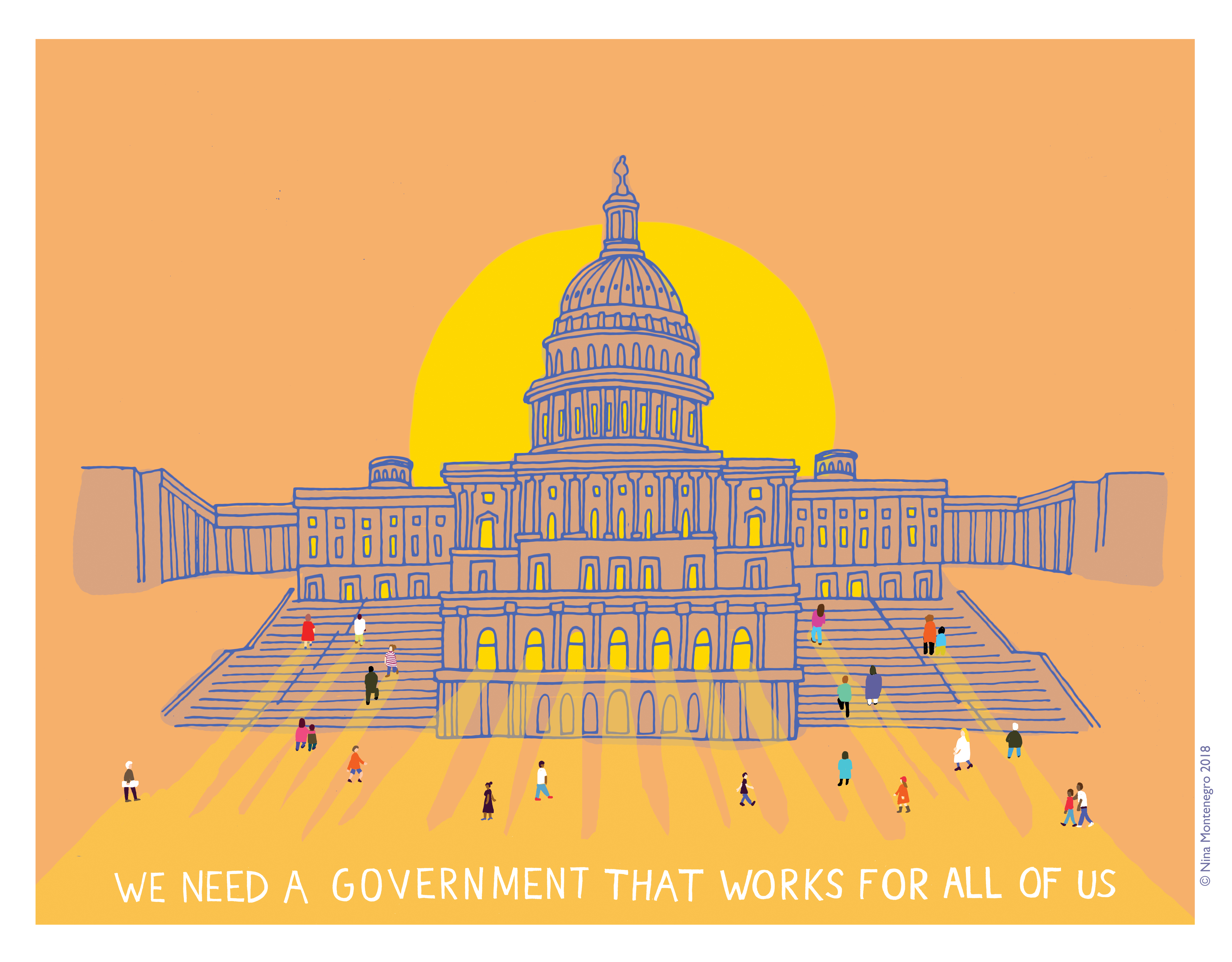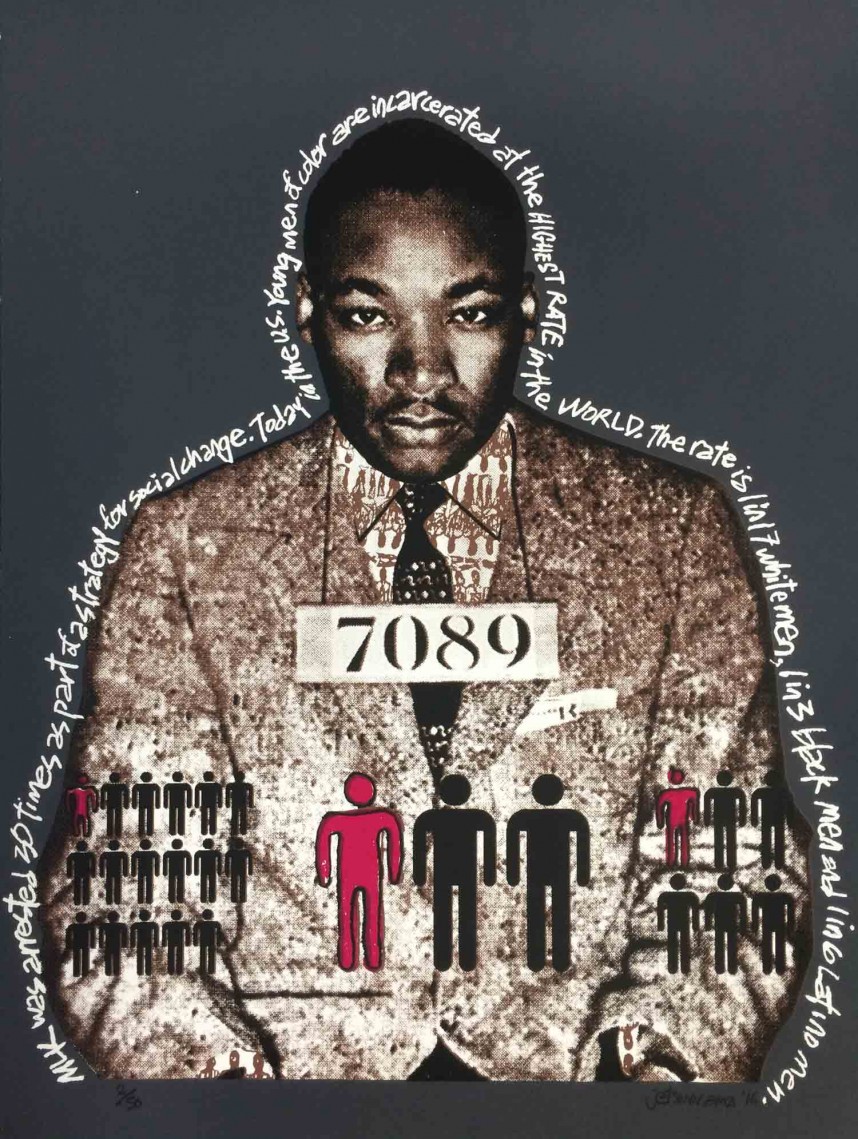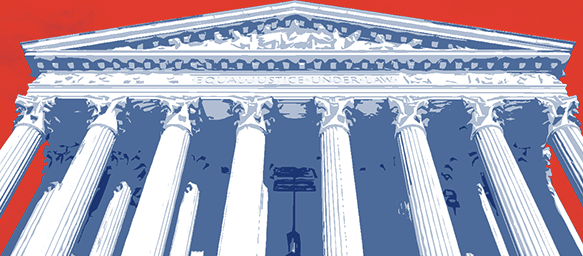10 Tips to Spark Change
Our research report, Power of Pop: The Case of the Cultural Influencers, underscores the potential of celebrity not only to spotlight social issues, but also to spark meaningful dialogue and action that can lead to lasting policy and social change. These tips are intended for those who work with cultural influencers of all kinds – not only luminaries in entertainment and sports, but also the wide range of influencers who are in a position to harness the energy of fandom and media to inspire large audiences and help shift cultural norms. We hope these tips help you increase your impact for social change.
1. Seek out guidance from frontline advocates. The people most directly impacted by an issue can provide essential expertise to make an influencer’s efforts meaningful. Find groups that are led by or deeply embedded with frontline communities and listen to their policy priorities and proposed solutions. What are their goals and how do they want people to feel, think, and talk about the issue?
2. Determine the influencer’s unique role. To determine where an influencer could add the most value, look for the intersection of: 1) the cultural and political changes needed to get to the desired solutions, and 2) the ways in which the influencer can contribute given their interests, skill sets, and platforms. For instance, if the debate around an issue is being dominated by destructive perspectives, how could they help reframe the conversation? If an issue is not gaining broad attention, how could they put it in the spotlight? If an issue is in the public eye but not broadly supported, how could they create the cultural symbols or stories that will help define the issue and build its popularity?
3. Choose the influencer’s tone and approach. If an influencer is a public figure, then what they say or do in public impacts their brand. It is useful to carefully consider what about their brand could make them especially effective. If an influencer is known for playing a universally loved character in films, they might be in a position to help bridge political divides. If an influencer is known for a character (or previous personal statements) that identifies them as having a particular worldview, they might be in a position to
mobilize supporters to take action. Decide in advance what kind of tone and approach would align with an influencer’s existing brand or would intentionally expand that brand in directions the influencer would want. Remember that maintaining influence with an audience is usually dependent on choosing a tone and approach that is congruent to this brand.
4. Identify your target audience and where to reach them. Different platforms have the potential to reach different audiences. It is important to be clear on your goals in order to determine which audiences an influencer might aim to target. For example, if an influencer’s goal is to raise awareness about the impact of mass incarceration, and their fan base is made up primarily of communities who have already been deeply impacted by that issue, then they might look at engaging platforms that could reach beyond their fan base, (i.e., social media or events hosted by other influencers). If the goal is to reframe how people think about an issue familiar to their audience, such as rethinking bail reform, then engaging platforms that target their fan base, (i.e., fan sites or social media channels) would be the more effective strategy
5. Establish shared values. Research shows that audiences are more receptive to unfamiliar arguments when they are framed with shared values. Values are our most fundamental principles and they become a means of establishing a human connection that can cut through stereotypes and partisan suspicion. Facts and figures can be tuned out or disregarded, but values activate emotions, invite common ground, and open minds to new ideas. Influencers should identify the values that motivate them, and lead with those values when talking about the issues. It would also be worthwhile to explore how an influencer might use their creative skills and platforms to encourage or model those values.
6. Plan ahead how you will center frontline voices. It can be tempting for the media and public attention to focus on an influencer’s actions rather than the issues they are trying to raise. It is important to take extra steps to incorporate the voices and perspectives of those traditionally overlooked or excluded from public discourse and ensure that credit is given to grassroots activists and/or community organizers who are already leading the charge in social change efforts. Partnering with frontline groups – which requires building relationships and trust – can be very helpful in deciding whose voices and/or which stories should be centered.
7. Find allies. For most social and political change efforts, there is power in numbers. Find like-minded influencers who would be willing to join in a coordinated effort, or at least amplify when the influencer decides to speak out or take action on an issue. Find organizations and activists who would be willing to coordinate with and/or publicly support the influencer. Lining up these allies can be especially important, not only to increase the impact of the message, but also to help protect the influencer from becoming a target for industry or public reprisals.
8. Link the influencer’s personal story to the larger story. Authenticity matters. Our research shows that news coverage favors individual storytelling by directly-impacted influencers. If an influencer isn’t directly impacted, they should find ways to share what about their own experience compels them to support an issue. Additionally, personal stories should link to systemic issues. In telling the story of one child’s family who isn’t able to pay for a needed surgery, an audience might become motivated to provide an individual solution, solving only that one family’s problem. But to motivate an audience around a systemic solution, (i.e., universal healthcare), an influencer should link that child’s story to the larger issue: the fact that millions of children do not have healthcare coverage.
9. Write a mission or artist statement. An initial written or artistic statement laying out an influencer’s reasons for speaking out will likely become a foundation for future discussion. If an influencer takes subsequent actions, the media will likely continue to quote the original statement, which will help frame the debate as long as the influencer garners public attention for the issue. When drafting a statement, feedback should be sought from various sources, with priority placed on incorporating the feedback of those directly impacted: individuals and communities regularly excluded from national discourse. Our “Establish Shared Values” tip above may provide valuable guidance for drafting a statement.
10. Make use of replicable symbols or imagery. The power of symbolism and imagery has emerged as a key cultural tool to keep issues in the public eye and motivate supporters to take action. Symbols and easily replicable content create avenues and inspiration for widespread participation. Think about how many athletes have now taken a knee to uplift racial justice, or how many people are now using the “Wakanda Forever” salute. A symbol can boil down a complex idea into something that is replicable, digestible, and accessible. When an influencer is planning what action to take, consider how they can integrate an element that supporters can replicate. It is important to take extra steps to incorporate the voices and perspectives of those traditionally overlooked or excluded from public discourse.

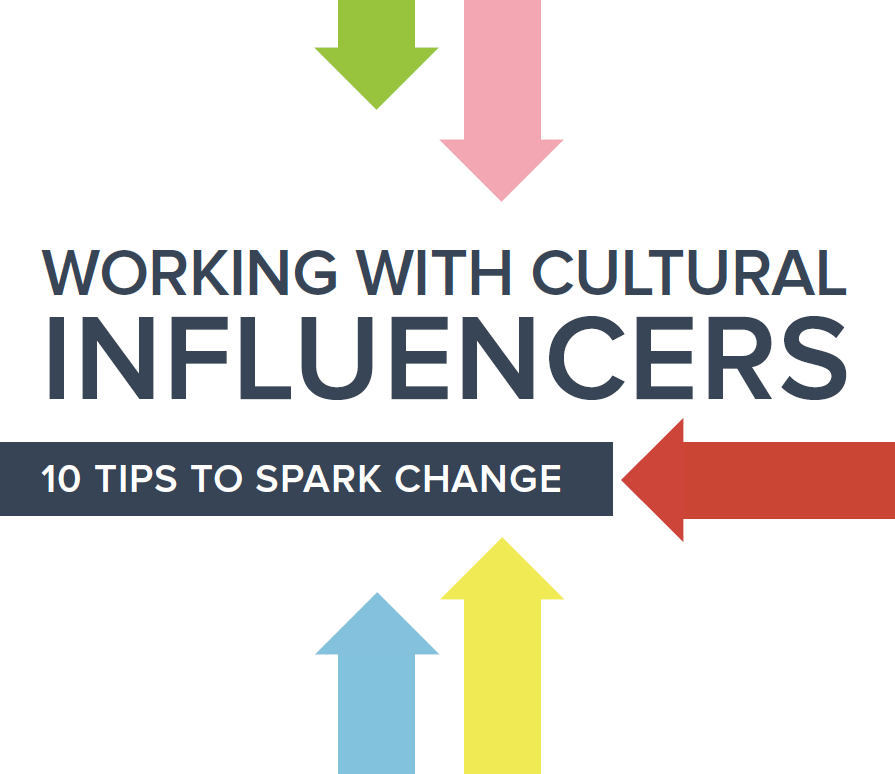
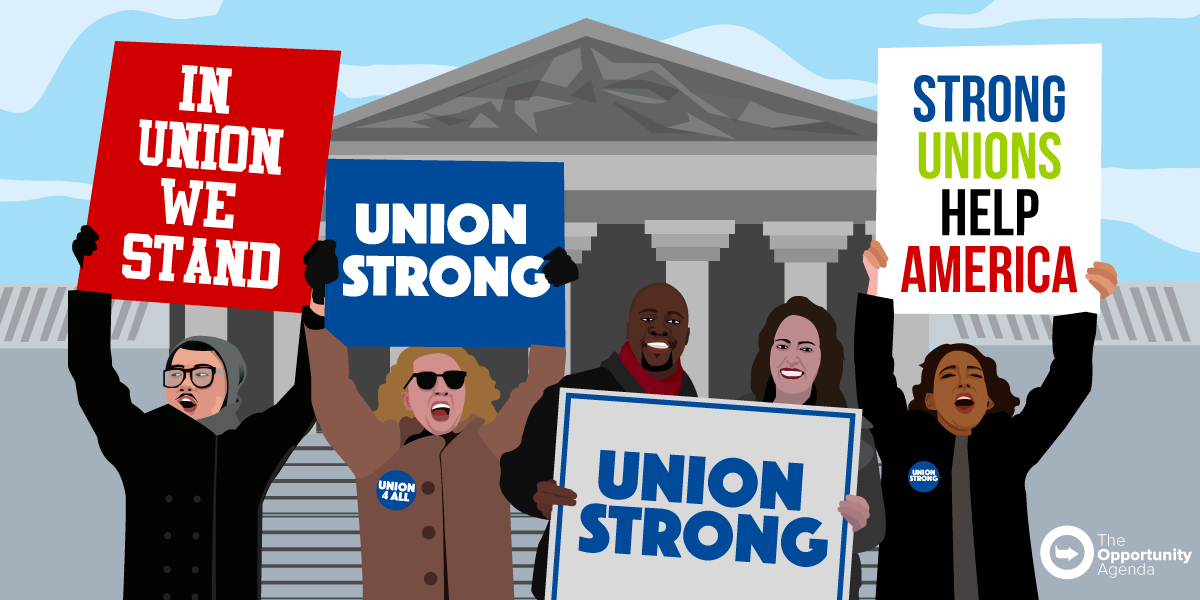
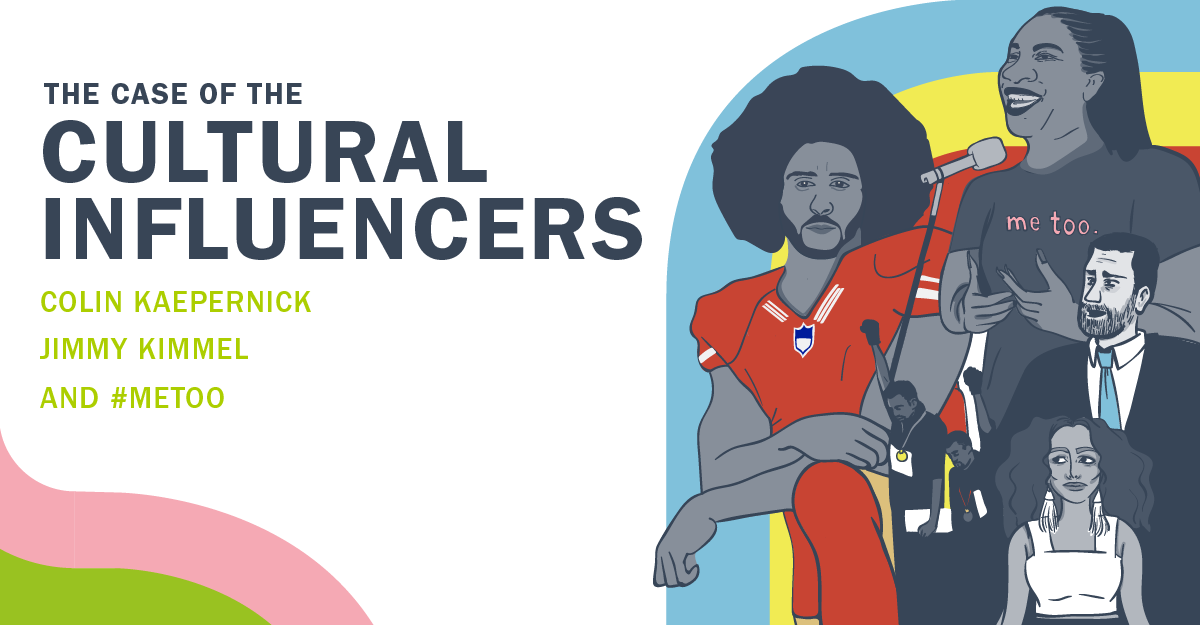
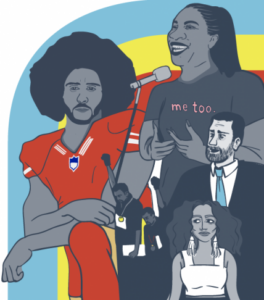 In recent years, the power of popular entertainment to inspire large audiences and shift cultural norms has become a topic of growing interest in the social advocacy space. A large body of research has been dedicated to tracking representation trends in film and television, and a growing cohort of organizations provides practical recommendations for those seeking to leverage popular culture in their advocacy work. While existing research has provided critical insights into the effectiveness of high-profile spokespeople in short-term campaigns and fundraising, significant gaps in the literature exist in terms of in-depth analysis of more symbolic actions on the part of high-profile individuals as well as measurements of the impact of celebrity influencers on long-term narrative shift.
In recent years, the power of popular entertainment to inspire large audiences and shift cultural norms has become a topic of growing interest in the social advocacy space. A large body of research has been dedicated to tracking representation trends in film and television, and a growing cohort of organizations provides practical recommendations for those seeking to leverage popular culture in their advocacy work. While existing research has provided critical insights into the effectiveness of high-profile spokespeople in short-term campaigns and fundraising, significant gaps in the literature exist in terms of in-depth analysis of more symbolic actions on the part of high-profile individuals as well as measurements of the impact of celebrity influencers on long-term narrative shift. Significant increases in news media and social media engagement with social justice issues: All three case studies revealed a marked increase in both the volume and focus on news media and social media engagement. For instance, since Colin Kaepernick and other athletes began taking a knee, news media coverage of police misconduct has nearly doubled (from an average of 4000 articles to 7000 articles published every 12 months), and social media engagement with the issue has seen a nearly three-fold increase.
Significant increases in news media and social media engagement with social justice issues: All three case studies revealed a marked increase in both the volume and focus on news media and social media engagement. For instance, since Colin Kaepernick and other athletes began taking a knee, news media coverage of police misconduct has nearly doubled (from an average of 4000 articles to 7000 articles published every 12 months), and social media engagement with the issue has seen a nearly three-fold increase. Direct or indirect policy and cultural changes in organizations and institutions: The case studies in this report have resulted in a myriad of organizational policy and cultural shifts as a direct and indirect result of the efforts of high-profile influencers. In the case of Jimmy Kimmel, the Graham-Cassidy bill was ultimately defeated. Since Kaepernick and other athletes began taking a knee in protest to police killings of unarmed people of color, the National Football League (NFL) and several teams have spoken out in support of criminal justice reform. For instance, in September 2016, shortly after Kaepernick’s first field-side protest, the San Francisco 49ers announced that it would be donating $1 million to two charities in the Bay area focused on racial and economic justice. In January2018, the NFL in conjunction with players formed the “Let’s Listen Together” coalition, which aims to improve police and community relations. As of July 2018, 10 NFL teams have announced the launch of new committees, coalitions, or other activities aimed at raising awareness and tackling social justice issues. The Me Too movement has had a similar impact. Since the Me Too movement first began to proliferate in October 2017, more than 800 high-profile figures have been publicly accused of harassment, sexual assault, rape, workplace misconduct, and other related behavior. A recent article details the range of policy changes that have been introduced across industries because of the Me Too movement. This includes the introduction of mandatory annual anti-harassment trainings for lawmakers and staff in Congress and the inclusion of so-called “Weinstein Clauses” in several large mergers and acquisitions.
Direct or indirect policy and cultural changes in organizations and institutions: The case studies in this report have resulted in a myriad of organizational policy and cultural shifts as a direct and indirect result of the efforts of high-profile influencers. In the case of Jimmy Kimmel, the Graham-Cassidy bill was ultimately defeated. Since Kaepernick and other athletes began taking a knee in protest to police killings of unarmed people of color, the National Football League (NFL) and several teams have spoken out in support of criminal justice reform. For instance, in September 2016, shortly after Kaepernick’s first field-side protest, the San Francisco 49ers announced that it would be donating $1 million to two charities in the Bay area focused on racial and economic justice. In January2018, the NFL in conjunction with players formed the “Let’s Listen Together” coalition, which aims to improve police and community relations. As of July 2018, 10 NFL teams have announced the launch of new committees, coalitions, or other activities aimed at raising awareness and tackling social justice issues. The Me Too movement has had a similar impact. Since the Me Too movement first began to proliferate in October 2017, more than 800 high-profile figures have been publicly accused of harassment, sexual assault, rape, workplace misconduct, and other related behavior. A recent article details the range of policy changes that have been introduced across industries because of the Me Too movement. This includes the introduction of mandatory annual anti-harassment trainings for lawmakers and staff in Congress and the inclusion of so-called “Weinstein Clauses” in several large mergers and acquisitions. Encouraging other high-profile individuals and members of the public to speak out: Each case study was characterized by high-profile influencers successfully encouraging others to speak out in support of or opposition to an issue. Following a series of monologues from Jimmy Kimmel, several Republican senators spoke out openly against the Graham-Cassidy bill, eventually leading to its defeat. Since Kaepernick first begin his protest in August 2016, more than 200 athletes have sat or kneeled during the national anthem. Our analysis revealed that a significant portion of news media and online discourse focused on actions and commentary of other high-profile athletes and spokespeople. In the case of the Me Too movement, not only did the personal stories of high-profile entertainers propel the issue of gendered violence into the national discourse, but also subsequent coordinated efforts of the Time’s Up campaign maintained engagement with the issue after media coverage began to wane.
Encouraging other high-profile individuals and members of the public to speak out: Each case study was characterized by high-profile influencers successfully encouraging others to speak out in support of or opposition to an issue. Following a series of monologues from Jimmy Kimmel, several Republican senators spoke out openly against the Graham-Cassidy bill, eventually leading to its defeat. Since Kaepernick first begin his protest in August 2016, more than 200 athletes have sat or kneeled during the national anthem. Our analysis revealed that a significant portion of news media and online discourse focused on actions and commentary of other high-profile athletes and spokespeople. In the case of the Me Too movement, not only did the personal stories of high-profile entertainers propel the issue of gendered violence into the national discourse, but also subsequent coordinated efforts of the Time’s Up campaign maintained engagement with the issue after media coverage began to wane.